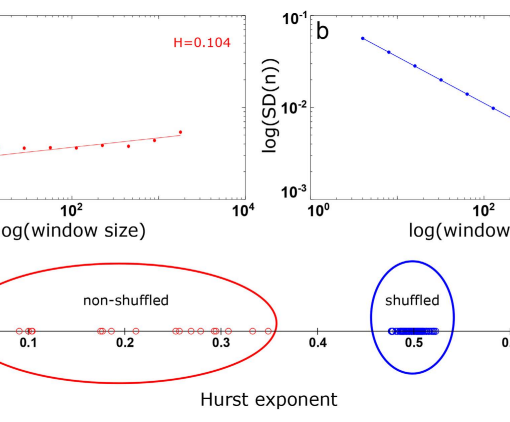Julia M. Kroos, Ibai Diez, Jesus M. Cortes, Sebastiano Stramaglia and Luca Gerardo Giorda. Geometry shapes propagation: assessing the presence and absence of cortical symmetries through a computational model of cortical spreading depression. Frontiers in Computational Neuroscience 10:6, 2016 [pdf]
Cortical spreading depression (CSD), a depolarization wave which originates in the visual cortex and travels towards the frontal lobe, has been suggested to be one neural correlate of aura migraine. To the date, little is known about the mechanisms which can trigger or stop aura migraine. Here, to shed some light on this problem and, under the hypothesis that CSD might mediate aura migraine, we aim to study different aspects favoring or disfavoring the propagation of CSD. In particular, by using a computational neuronal model distributed throughout a realistic cortical mesh, we study the role that the geometry has in shaping CSD. Our results are two-fold: first, we found significant differences in the propagation traveling patterns of CSD, both intra and inter-hemispherically, revealing important asymmetries in the propagation profile. Second, we developed methods able to identify brain regions featuring a peculiar behavior during CSD propagation. Our study reveals dynamical aspects of CSD, which, if applied to subject-specific cortical geometry, might shed some light on how to differentiate between healthy subjects and those suffering migraine.





